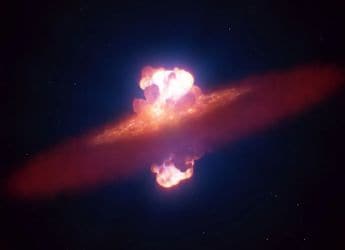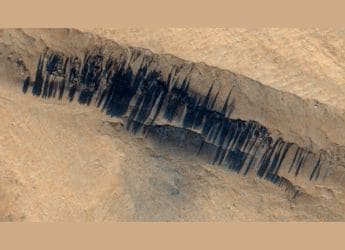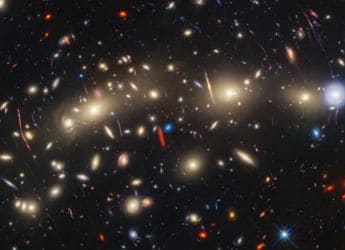- Home
- Others
- Others News
- CNN to Research Drone Use in Journalism
CNN to Research Drone Use in Journalism

The research will evaluate the technology, personnel and safety needs to operate effectively and will share its findings with the Federal Aviation Administration, which is considering rules for unmanned aerial vehicles.
"Our hope is that by working cooperatively to share knowledge, we can accelerate the process for CNN and other media organizations to safely integrate this new technology into their coverage plans," said David Vigilante, CNN senior vice president, in a statement.
Georgia tech researcher Mike Heiges said drones "have a number of applications that benefit society, such as search and rescue, disaster response and agricultural mapping and crop assessment," and added that "we're excited to be engaging with CNN to study the newsgathering applications" for drones.
The move comes amid intense interest in drones beyond military and intelligence purposes. US authorities are considering new regulations that could allow civilian drones to share the airspace with manned aircraft.
Unlike other countries, the United States prohibits the use of drones, or unmanned aerial systems for commercial purposes, although the FAA grants rare exceptions for government and law enforcement use.
Earlier this year, 16 major US news organizations joined to accuse the FAA of curtailing freedom of the press by restricting the use of drones for news.
In a brief to the National Transportation Safety Board (NTSB), the news organizations including The New York Times and The Washington Post argued that drones are a First Amendment or constitutional rights concern.
The University of Nebraska in 2011 established a Drone Journalism Lab to examine how to use such aircraft for newsgathering.
Get your daily dose of tech news, reviews, and insights, in under 80 characters on Gadgets 360 Turbo. Connect with fellow tech lovers on our Forum. Follow us on X, Facebook, WhatsApp, Threads and Google News for instant updates. Catch all the action on our YouTube channel.
Related Stories
- Samsung Galaxy Unpacked 2025
- ChatGPT
- Redmi Note 14 Pro+
- iPhone 16
- Apple Vision Pro
- Oneplus 12
- OnePlus Nord CE 3 Lite 5G
- iPhone 13
- Xiaomi 14 Pro
- Oppo Find N3
- Tecno Spark Go (2023)
- Realme V30
- Best Phones Under 25000
- Samsung Galaxy S24 Series
- Cryptocurrency
- iQoo 12
- Samsung Galaxy S24 Ultra
- Giottus
- Samsung Galaxy Z Flip 5
- Apple 'Scary Fast'
- Housefull 5
- GoPro Hero 12 Black Review
- Invincible Season 2
- JioGlass
- HD Ready TV
- Laptop Under 50000
- Smartwatch Under 10000
- Latest Mobile Phones
- Compare Phones
- Vivo Y500 Pro
- Realme GT 8 Pro Aston Martin F1 Limited Edition
- Huawei Mate 70 Air
- Moto G57
- Moto G57 Power
- Motorola Edge 70
- Moto G Play (2026)
- Moto G (2026)
- MacBook Pro 14-inch (M5, 2025)
- Asus Vivobook S16 (S3607QA)
- iQOO Pad 5e
- OPPO Pad 5
- Noise Diva 2
- Noise Halo 2
- Acerpure Nitro Z Series 100-inch QLED TV
- Samsung 43 Inch LED Ultra HD (4K) Smart TV (UA43UE81AFULXL)
- Asus ROG Ally
- Nintendo Switch Lite
- Haier 1.6 Ton 5 Star Inverter Split AC (HSU19G-MZAID5BN-INV)
- Haier 1.6 Ton 5 Star Inverter Split AC (HSU19G-MZAIM5BN-INV)

















